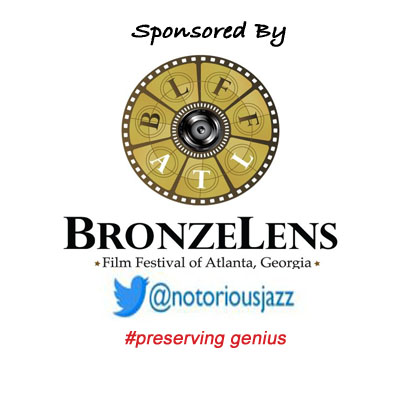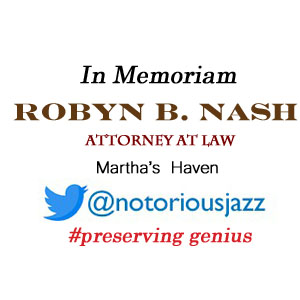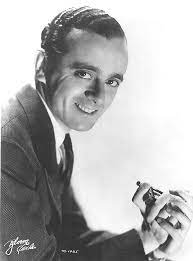
Three Wishes
The Baroness asked Larry Adler, if three wishes were grantable, what would they be and he replied this:
-
-
“I don’t know there is anything I want that badly. I live very much in the present and so my wishes are pretty damn well gratified. I’d like to write a show. Because all I’ve written so far are film scores, and you can’t tell by them if you’re a good composer or not. Even though one of my film scores got an Academy Award ~ my first film score, in fact! But you only really know when you write a show, and the music carries the show, and has an independent life outside the show. Gershwin is a good example of that..””And help a chick. You know: We have a common understanding.”
- “I’d like to be the best father it’s possible to be.”
- “I’d like to be emotionally where I am chronologically. Chronologically, I’m forty-eight. Emotionally, I’m nineteen ~ if I am nineteen!”
-
More Posts: baroness,harmonica,history,instrumental,jazz,music,pannonica,three,wishes
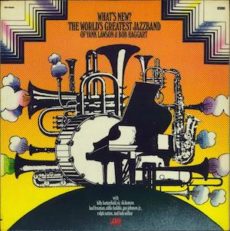
Daily Dose Of Jazz…
John Rhea “Yank” Lawson was born May 3, 1911 in Trenton, Missouri. He started playing music on saxophones and piano before settling on the trumpet as a teenager. He played in the University of Missouri Dance Band, and was soon offered a job with Slatz Randall’s group, with whom he made his recording debut on Mom in 1932. Dropping out of college he had a stint with Wingy Manone before being hired to join Ben Pollack in late 1933.
From 1933 to 1935 Yank worked in the Pollack orchestra, then became a founding member of the Bob Crosby Orchestra. He later worked with Benny Goodman and Tommy Dorsey, but also worked with Crosby again in 1941~1942. Later in the decade he became a studio musician leading his own Dixieland sessions.
By the 1950s he and Bob Haggart created the Lawson-Haggart band and they worked together in 1968 to form the World’s Greatest Jazz Band, a Dixieland group which performed for the next ten years. He recorded for Atlantic, Audiophile, Decca and Jazzology.
Trumpeter Yank Lawson, best known for Dixieland and swing music, transitioned on February 18, 1995 in Indianapolis, Indiana.
More Posts: bandleader,history,instrumental,jazz,music,trumpet
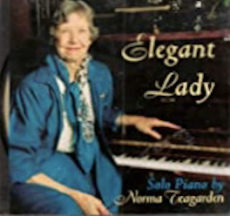
Daily Dose Of Jazz…
Norma Louise Teagarden was born in Vernon, Texas on April 28, 1911 into a musical family that consisted of her mother Helen, who played ragtime piano and taught; her brothers Charlie, a trumpeter, Clois, a drummer, and Jack, a trombonist. She performed with the latter in the 1940s and 1950s.
She performed on piano and violin during the early part of her career, which began in Oklahoma City, Oklahoma. In the 1920s she moved to New Mexico and worked in territory bands, returning to Oklahoma City in the 1930s. After another stint there she moved to California in the 1940s touring with her brother Jack from 1944–1947 and from 1952–1955.
Outside the Teagarden family, Norma worked with Ben Pollack, Matty Matlock, and Ray Bauduc. Eventually settling in San Francisco, California she often performed on solo piano and with bandleader Turk Murphy.
Pianist and violinist Norma Teagarden transitioned on June 6, 1996.
More Posts: bandleader,history,instrumental,jazz,music,piano,violin

Daily Dose Of Jazz…
Denzil DaCosta Best was born April 27, 1917 in New York City, New York into a musical Caribbean family originally from Barbados. Trained on piano, trumpet, and bass, he concentrated on the drums starting in 1943. Between the years 1943 and 1946 he worked with Ben Webster, Coleman Hawkins, Illinois Jacquet and Chubby Jackson.
Known to sit in at Minton’s Playhouse, he took part in a recording with George Shearing in 1948 and was a founding member of his Quartet, remaining there until 1952. In 1949, he stepped out to play on a recording session with Lennie Tristano for Capitol Records and recorded later with Lee Konitz.
In 1953 a car accident fractured both legs and Best was forced into temporary retirement until 1954. His comeback had him playing with Artie Shaw, and then in a trio with Erroll Garner (1955–57), including Garner’s live album Concert by the Sea. He went on to play with Phineas Newborn, Nina Simone, Billie Holiday and Tyree Glenn. 1962 saw him in the drummer’s seat on Shiela Jordan’s first album Portrait of Sheila.
Best composed several bebop tunes, including Move, Wee, Nothing But D. Best, and Dee Dee’s Dance. With Thelonious Monk he composed Bemsha Swing and his composition 45 Degree Angle was recorded by Herbie Nichols and Mary Lou Williams.
Suffering from paralysis after the Jordan recording session, drummer, percussionist and composer Denzil Best, who was a prominent bebop drummer in the 1950s and early 1960s, transitioned after falling down a staircase in a New York City subway station at the age of 48 on May 24, 1965.
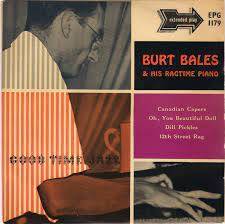
Daily Dose Of Jazz…
Burton Franklin Bales was born on April 20, 1916 in Stevensville, Montana and began playing piano at age twelve. After moving to the West Coast in the 1930s, he played in hotels and nightclubs. He performed regularly in San Francisco, California in the 1940s, with Lu Watters’s Yerba Buena Jazz Band.
Drafted in 1943 into the Army Burt only had one opportunity to record with that group on a brief session with Bunk Johnson. Discharged for myopia, he led his own band from 1943 to 1946 before taking an extended residency at San Francisco’s 1018 Club.
He played with Turk Murphy at the end of the Forties, then with Bob Scobey and Marty Marsala. Between 1954 and 1966 he played mostly solo, with one of his regular gigs being at Pier 23.
Stride pianist Burt Bales, who recorded extensively for Good Time Jazz, Arhoolie, ABC-Paramount, and Euphonic record labels, transitioned on October 26, 1989 in San Francisco.
More Posts: history,instrumental,jazz,music,piano



